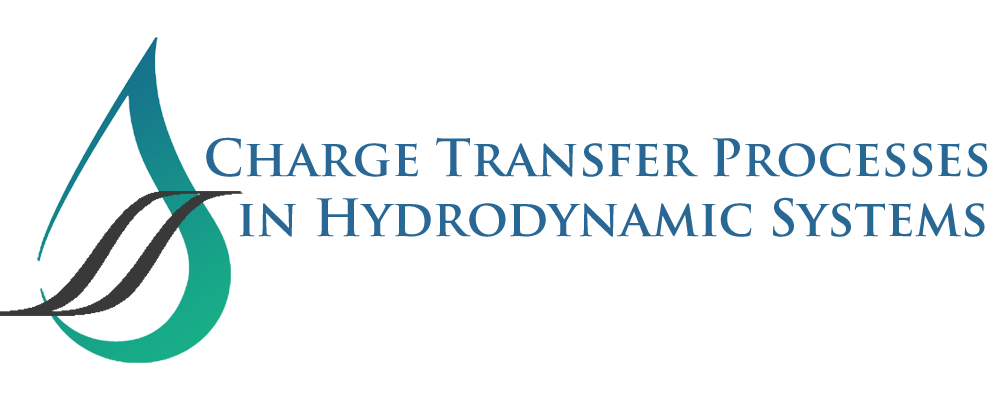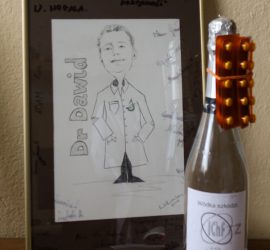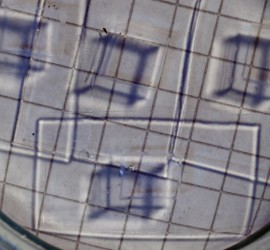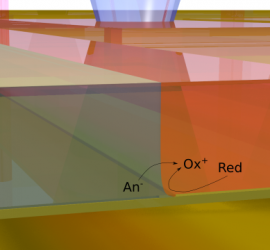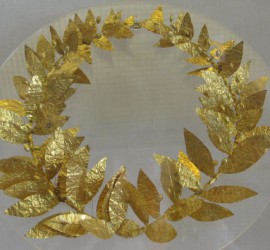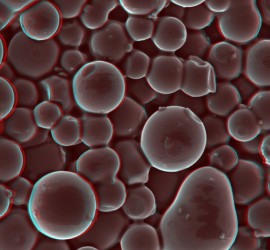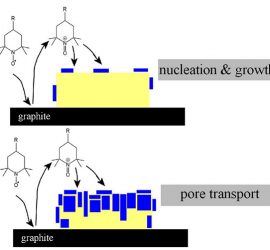Dawid successfully defended his PhD thesis on Thursday, and today he was officially recognised as doctor of chemistry by our scientific council. Dawid’s thesis, with the title “Electrochemical processes at liquid|liquid interfaces in microfluidic systems” can be found here (pdf). The thesis received positive opinions from the two reviewers, Prof. […]
Kałuża
We just had a new paper published in Microfluidics and Nanofluidics concerning the compatibility of some organic solvents with PDMS-based microfluidic devices. In a well-known study (cited ~1600 times) the Whitesides-group argued that how much PDMS swells in a solvent is a good indication of how compatible that solvent is with […]
Every year our institute gives an award for the most prominent young scientists among the doctors and phd-students. This is based on the number of publications over the last three years. This year Dawid was one of the laureates in the student category, and Wojtek in the doctors’ group. Our […]
Congratulations to Dawid who was awarded one of Etiuda stipends from the National Science Centre with a project with the very general title “Badanie procesu transferu jonów na granicy ciecz|ciecz w warunkach mikroprzepływowych” (“Investigation of ion transfer at the liquid|liquid interface under microfluidic conditions”). The stipend will allow Dawid to […]
In this year’s “Young researchers” competition in the institute our small group managed to nab two awards. Wojtek was one of the winners in the PhD category, and Dawid was among the winners in the student group. Congratulations to the both of you! Beers are on you next time.
A second paper from Dawid’s visit to Bath was just published. This is mostly the work of Sunyhik and describes a new type of electrode made from carbon microspheres bound together by polystyrene. The electrode is very easy to make and was in this case used as a porous carbon […]
Congratulations to Dawid. The first of two papers from his visit to Frank Marken in Bath just appeared online. The paper is about electrocatalytic conversion of the model antioxidant diphenylcarbinol (DBC) by the mediator TEMPO (2,2,6,6- tetramethyl-1-piperidinyloxy). In this case the DBC is a solid crystal on the electrode surface […]
